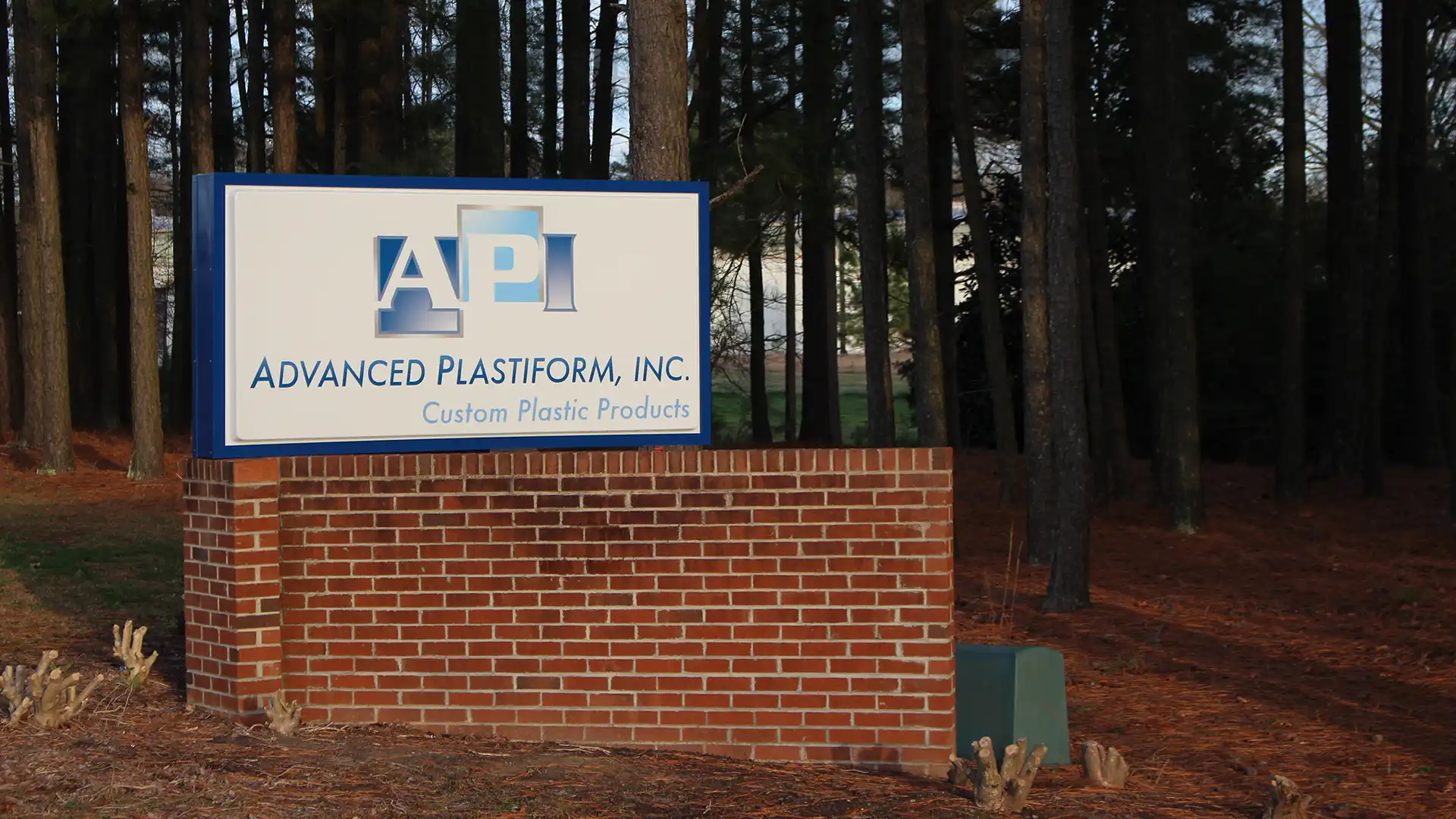Acrylic or glass? That's the questions manufacturers and designers ask across a variety of industries,…
Choosing the right material for furniture manufacturing is challenging in today's market. Not only does it need to be durable and heavy-duty to stand up to daily wear and tear, it needs to be affordable for mass production, lightweight for national or global shipping, and it also needs to be attractive and comfortable. Having to check all these boxes has led to designers and manufacturers turning to plastics and polymers, and polypropylene is quickly becoming a preferred furniture material. Our thermoforming company is sharing how and why this polymer is so useful and how it's being used in a variety of ways.
What Is Polypropylene?
Polypropylene (PP) is a thermoplastic polymer that was first created in 1951 by two petroleum scientists. Unlike other plastics that took several years to grow in use and functionality, polypropylene rose to prominence rapidly in manufacturing. Today it is one of the most widely used plastics, generating around 45 to 50 million metric tons per year.
Properties of Polypropylene
What makes polypropylene so appealing? Let's consider the properties of this thermoplastic to consider why it's used for such a wide variety of purposes.
- Fatigue Resistance: One of the major appeals to polypropylene is that it can be used to make "living hinges," or thin, flexible pieces that bend repeatedly without snapping, like those used on bottle lids. It can bend and flex and still retain its shape.
- Insulation: Polypropylene is often used in electronics because it is highly resistant to electricity.
- Chemical Resistance: Polypropylene holds up well to all but the strongest alkaline and acidic materials, so cleaning products and other chemicals can be used on it.
- UV-Resistant: Harsh sunlight and exposure to UV rays can fade, crack, and degrade most materials, but polypropylene holds up to the elements and maintains an attractive appearance to all but constant UV exposure.
- Water Resistance: Polypropylene doesn't absorb water so it won't warp, crack, or grow bacteria or mold from within even if water is left sitting on it.
On top of these features, polypropylene can be blended with other polymers, so while its original state is a hard and flexible plastic, it can also be combined with plasticizers or other polymers to create synthetic fibers and fabrics.
In addition to being easy to fabricate and having qualities that ensure longevity and functionality, polypropylene is a low-cost material, allowing manufacturers to keep production costs down.
Using Polypropylene in Furniture Manufacturing
For decades, wood, wicker, and metal were the leading materials used to make furniture frames and surfaces, while polyester, cotton, and wool blends were used for upholstery. However, metal and wood are difficult to mass produce, are more expensive raw materials, and weigh more. Plastics were originally used in commercial furnishings which were manufactured on a larger scale than residential furniture, but as more furniture manufacturing was scaled up or even moved to international locations, plastics became used more frequently.
Today, outdoor furnishings are often made from polypropylene, as well as stackable chairs, surfaces, and seating frames.
Polypropylene Fabric and Upholstery
Polypropylene has recently become a popular upholstery material for both interior and outdoor furniture. Its non-porous structure prevents stains because spills simply bead or run off the surface, and dirt, mud or other materials can be wiped off without staining. For heavy use furniture or in homes with pets or children, this can be a very attractive feature!
In addition to stain-resistance, polypropylene fabric and upholstery fibers are durable and can hold up to wear and tear better than cotton, linen, or polyester blends.
Call Us for a Free Quote for Thermoforming Services
If you are in need of thermoforming or injection molding for furniture manufacturing, reach out to Advanced Plastiform, Inc., today. We offer short lead times, low per-unit pricing, and high-quality, long-lasting plastic parts and products for businesses in North Carolina, South Carolina, Pennsylvania, Maryland, Tennessee, Georgia, and Virginia.

